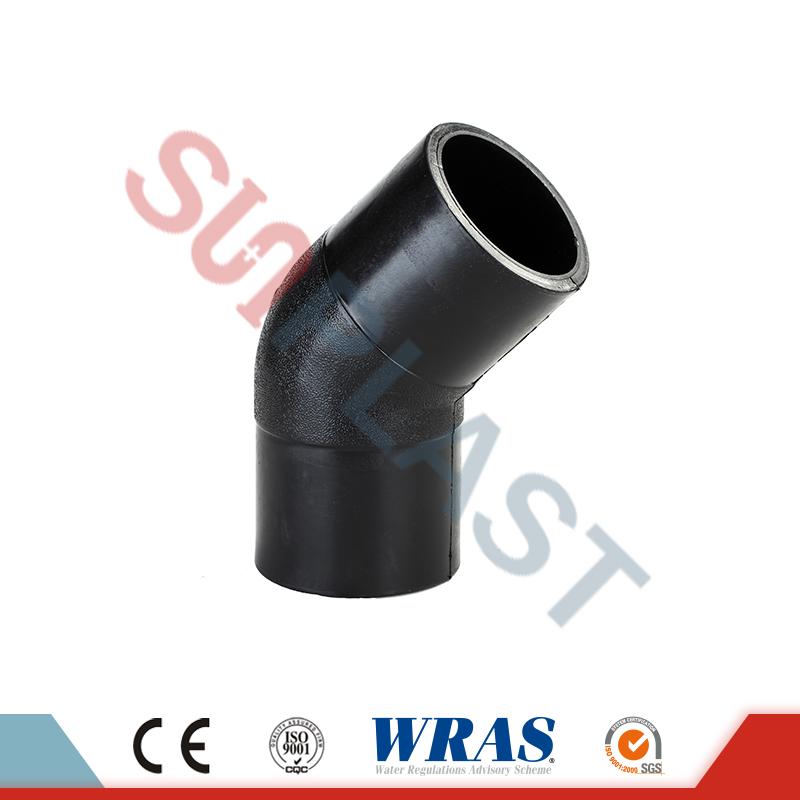A Guide to HDPE Pipe Fittings: Durable and Reliable Solutions
2025-03-07
HDPE pipe fittings are essential components in modern piping systems, offering durability, flexibility, and resistance to corrosion. Made from high-density polyethylene (HDPE), these fittings are widely used in water supply, gas distribution, sewage systems, and industrial applications. Their ability to withstand harsh environmental conditions makes them a preferred choice for engineers and contractors.
Benefits of HDPE Pipe Fittings
1. Corrosion and Chemical Resistance
HDPE fittings do not rust or corrode, making them ideal for transporting water, chemicals, and other fluids. Unlike metal fittings, they do not react with acidic or alkaline substances, ensuring a longer lifespan.
2. Durability and Strength
HDPE pipe fittings are designed to withstand high pressure and extreme temperatures. They are impact-resistant, reducing the risk of breakage during installation and use.
3. Flexibility and Lightweight Design
Compared to traditional metal fittings, HDPE fittings are lightweight and easier to handle. Their flexibility allows for installation in uneven terrains without cracking or breaking.
4. Leak-Free Connections
HDPE fittings can be joined using heat fusion techniques, creating a seamless and leak-free connection. This eliminates the need for gaskets and sealants, reducing maintenance costs over time.
5. Longevity and Low Maintenance
With a lifespan of over 50 years, HDPE fittings require minimal maintenance. Their resistance to wear and tear ensures long-term reliability in various applications.
Common Types of HDPE Pipe Fittings
Elbows
Used to change the direction of the pipeline, elbows are available in different angles, such as 45 degrees and 90 degrees, to suit various installation needs.
Tees
Tees allow for branching connections within a piping system, distributing the flow of fluids in multiple directions.
Reducers
These fittings are used to connect pipes of different diameters, ensuring a smooth transition between varying pipe sizes.
Couplings
Couplings join two pipes together, providing a secure connection while maintaining the integrity of the piping system.
Flanges
Flange fittings enable easy assembly and disassembly of pipelines, commonly used in industrial and high-pressure applications.
Choosing the Right HDPE Pipe Fittings
When selecting HDPE fittings, consider the following factors:
- Pipe Size and Pressure Rating: Ensure the fittings match the pipe diameter and pressure requirements of your system.
- Fusion Compatibility: Choose fittings that are compatible with your preferred fusion method, such as butt fusion, electrofusion, or socket fusion.
- Application and Environmental Conditions: Select fittings designed for the specific conditions of your project, whether for underground installation, industrial use, or potable water supply.
Final Thoughts
HDPE pipe fittings provide a reliable and cost-effective solution for modern piping systems. Their durability, corrosion resistance, and leak-free connections make them ideal for a wide range of applications. By choosing high-quality fittings and following proper installation procedures, you can ensure a long-lasting and efficient piping network for your project.



